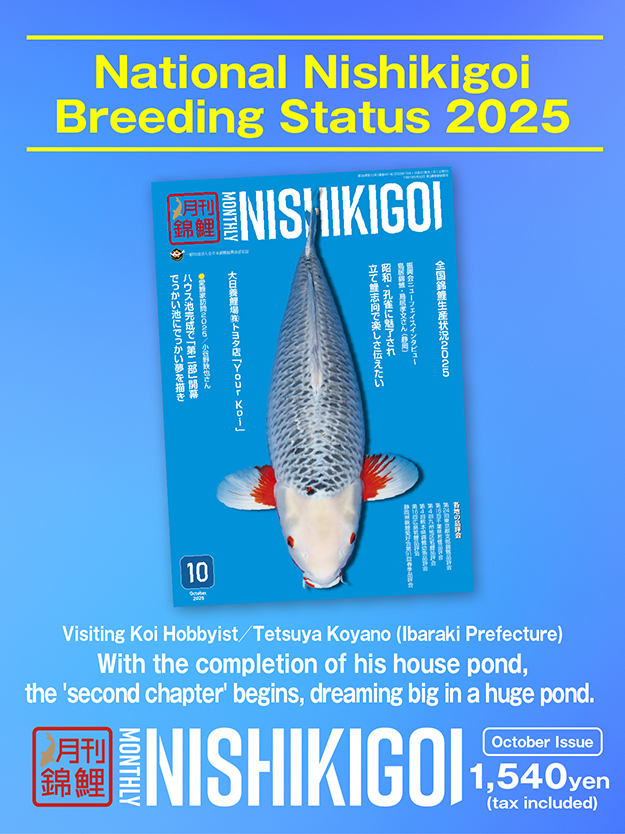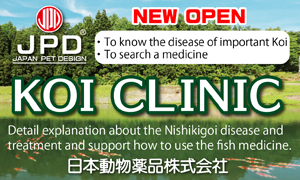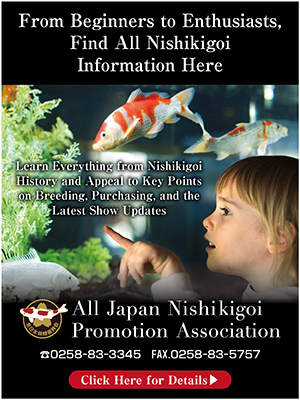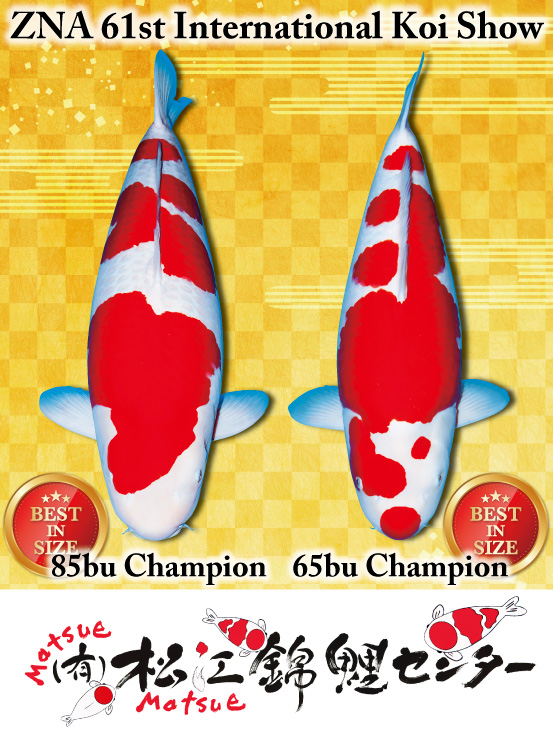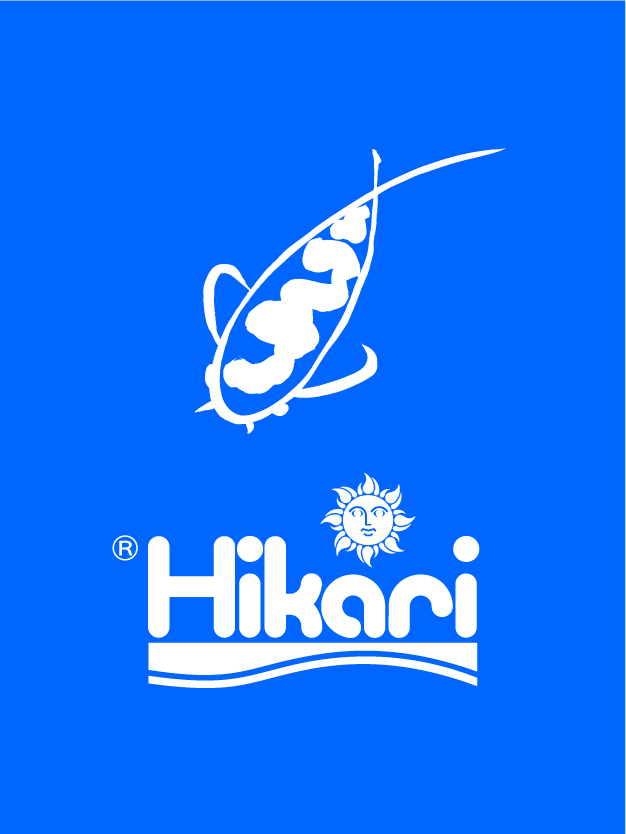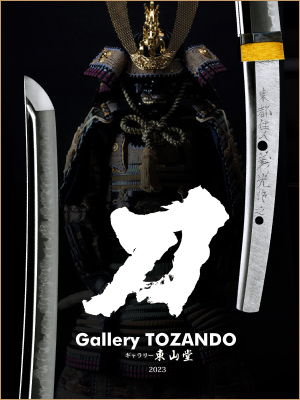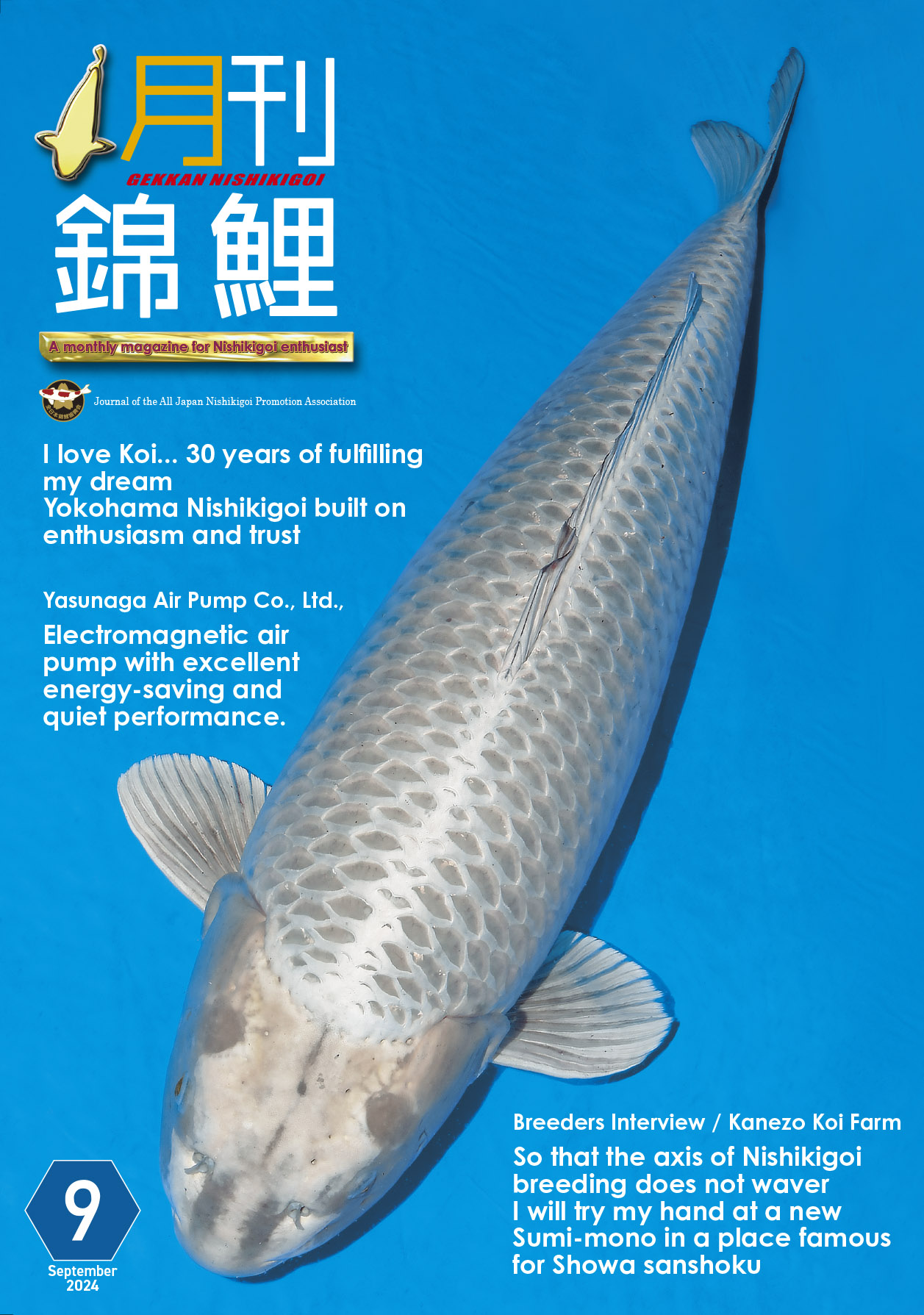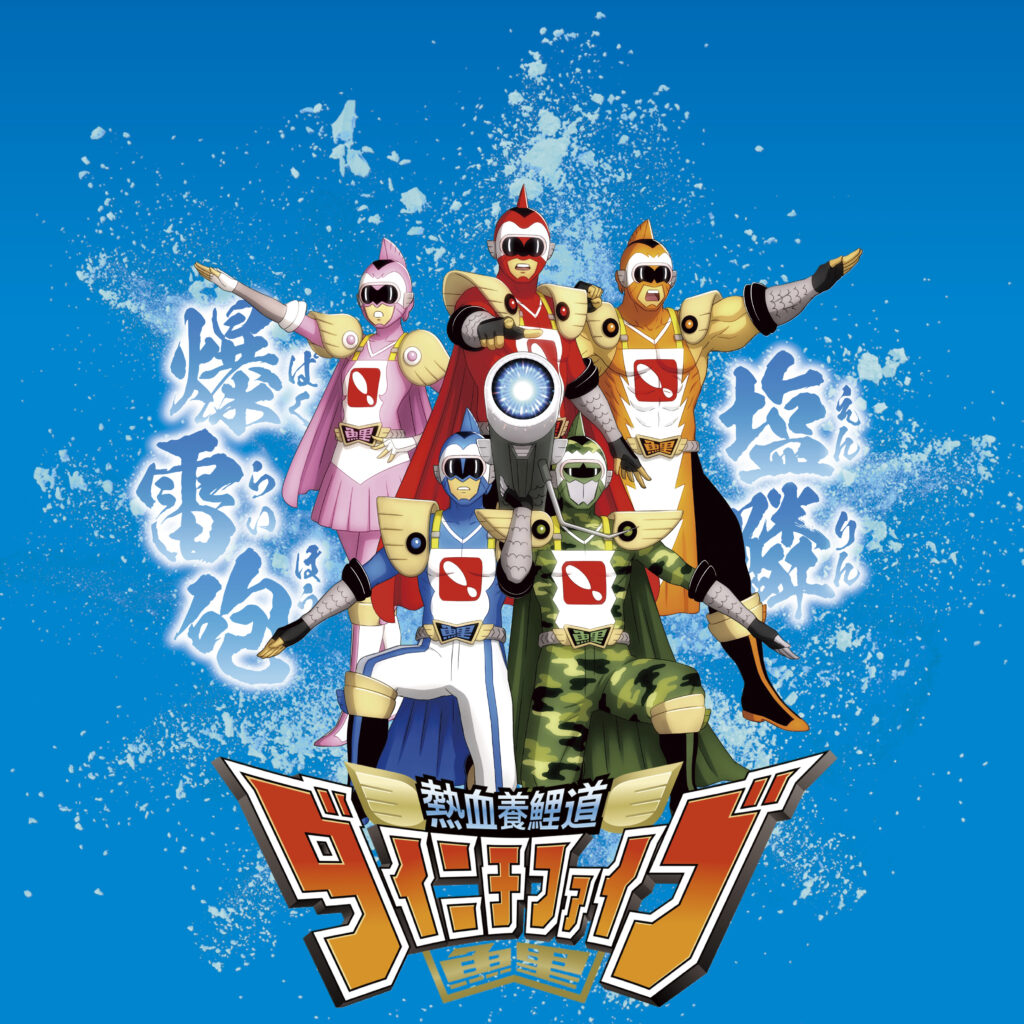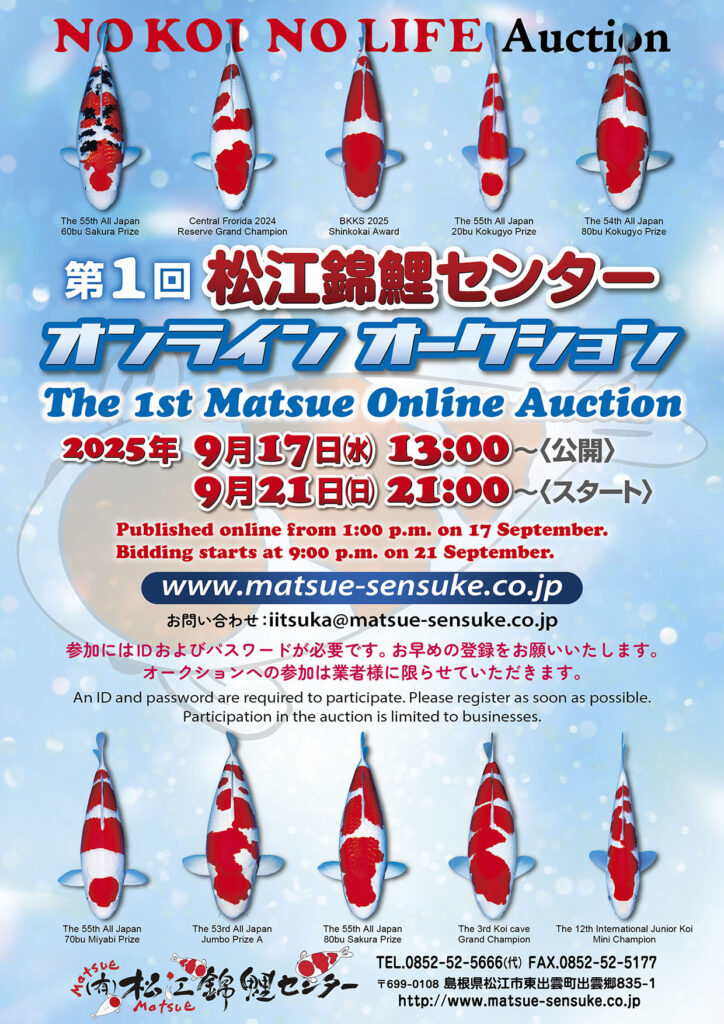Considering the risks and managing the increased demand for Azukari.
The activities of my generation inspire me. Someday I’ll be…
ー You’ve been keeping koi, azukari for customers in the Kanto region for a long time. What percentage of azukari do you use in mud ponds?
Sakamaki: Right now, we have about 30 ponds for azukari, 70 ponds for fry and 30-40 ponds for azukari older than two years, so we have more than 100 ponds in total. While we have a lot of mud ponds, the koi quality isn’t that great (laughs). We also create a new batch of ponds every few years, so the number is gradually increasing.
ー Do you get many requests to take care of azikari koi?
Sakamaki: There is a lot of demand. We have been asked to increase the number of ponds, but we can’t do any more. Most of our customers are domestic hobbyist, so some of them may stop keeping koi in the future due to aging or other reasons. On the other hand, it’s not easy to keep koi from foreigners. We have many mud ponds, but not many greenhouse ponds, so we can’t accommodate all koi there.
ー You mentioned earlier about illness, but it is quite risky to take care of other people’s koi, isn’t it?
Sakamaki: Yes, you have to be careful. When we work, we have to change tools and so on. That’s why autumn is so difficult.
ー Do you harvest on behalf of your customers?
Sakamaki: We harvest most of the ponds. Since koi can’t be put in the house, once the koi are harvested, we ask the customers to take them right away. We begin by preparing the area, such as draining the water. Since we use only our tools, we disinfect everything with chlorine each time. In autumn, we harvest three times a day.
ー It takes a lot of time and effort, doesn’t it?
Sakamaki: It’s a busy process, but we make sure to be very thorough, as it would be a big problem if a disease were to spread.
ー You have been exchanging fry with Yagoro. On the way to your place, I saw a greenhouse shares with him.
Sakamaki: Yagoro and my father have been good friends, so we share the greenhouse. My father and he used to sell koi together in the autumn, but recently, they’ve stopped because they’re too busy.
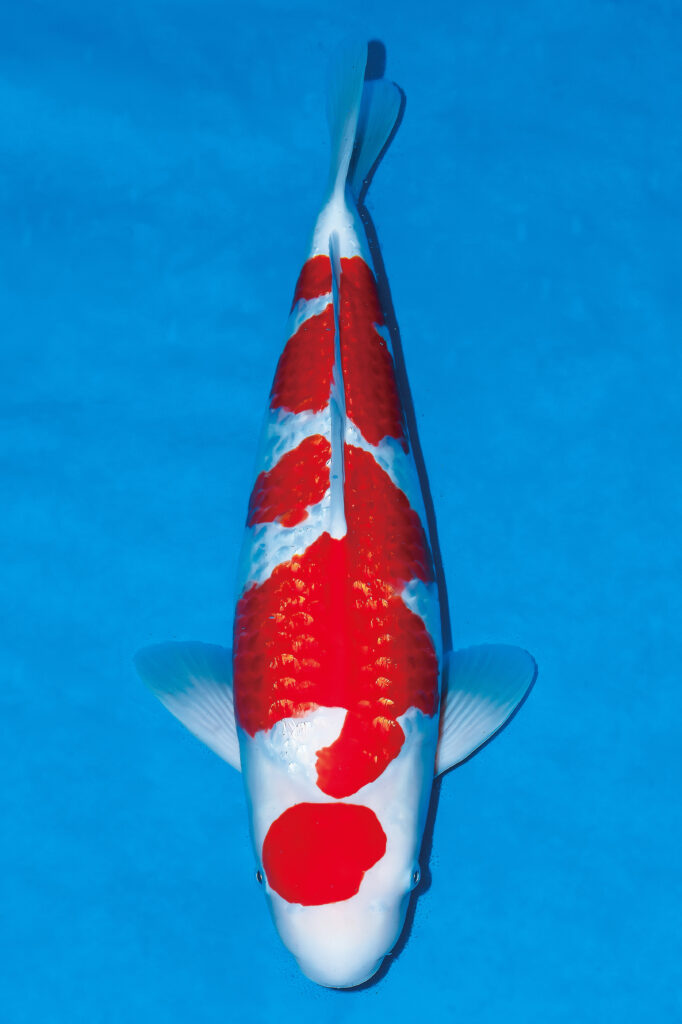
Young Champion
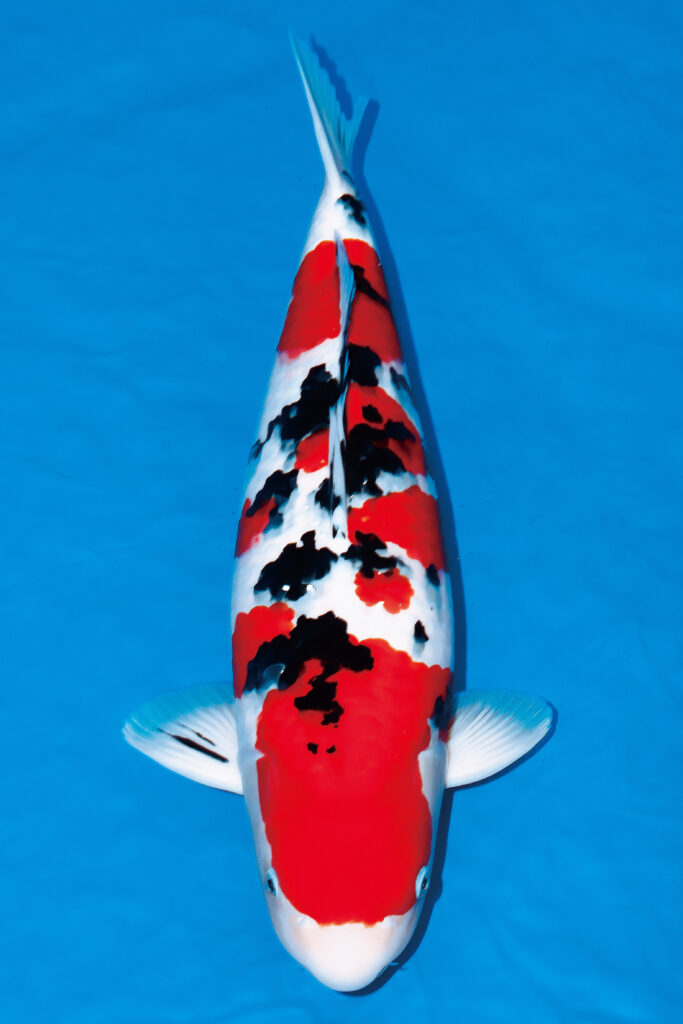
55bu Champion
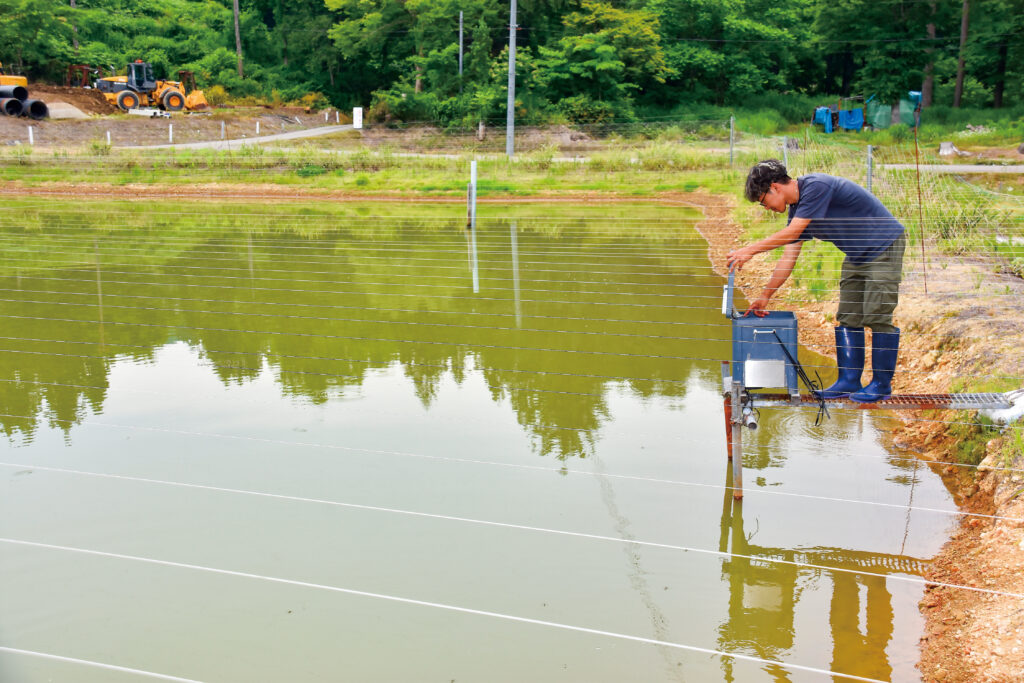
ー Yagoro’s son also worked at Dainichi, didn’t he?
Sakamaki: That’s correct. He was one year older than me in junior high, and he joined Dainichi a year before I left, so we worked together for just one year. The two generations, father and son, have a very close relationship.
ー I feel that there are many breeders of your generation in Niigata Prefecture, including Yagoro’s son.
Sakamaki: Yes, there are many. Kanno (from Kanno Koi Farm) is a year younger than me, and my classmates include Ryu from Izumiya and Mitsugu from Maruju. Teru from Marusaka and Ozumi (from Ozumi Ikarashi Koi Farm) are a bit older than us. Younger than us are Chikara (from Nogami Koi Farm) and Miyatora, along with many others, both older and younger. Everyone is doing well.
ー You are one of them. …… (laughs).
Sakamaki: No, no, not yet (laughs). Niigata has a very strong group of people, and we are friends as well as rivals, so I can’t lose.
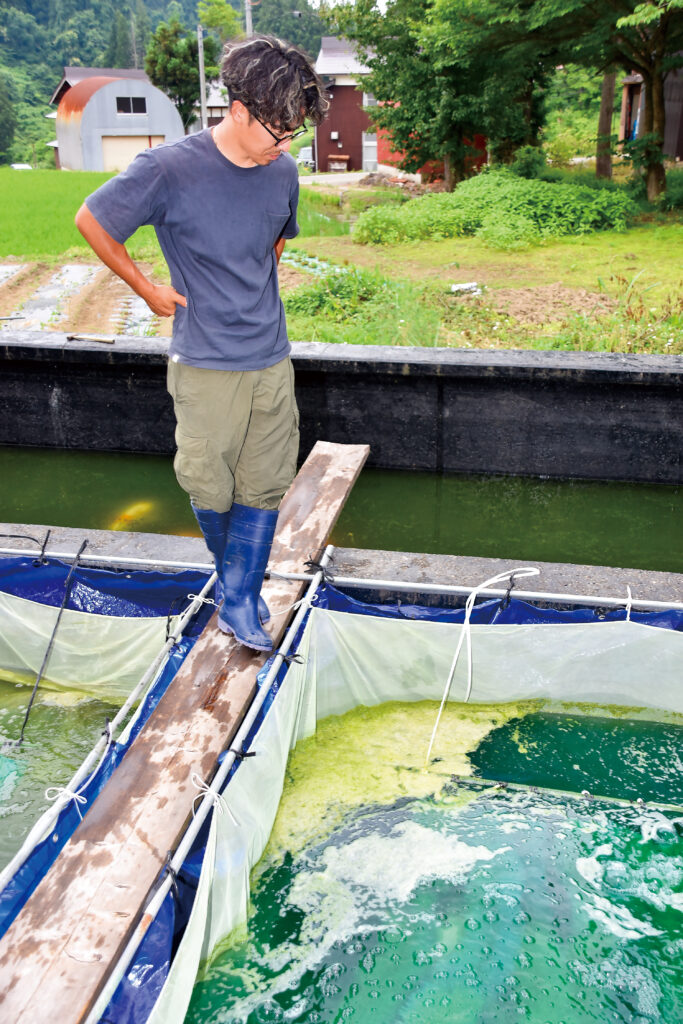
ー Isn’t it easier to exchange information when the generations are close together?
Sakamaki: Yes, that’s true. It can be hard to talk to people of a different generation, so having so many people you can talk to about anything is a great learning experience.
ー In the August issue of last year, we interviewed Kanno, and the younger generation, including him, is steadily making progress while competing with each other.
Sakamaki: As someone from the same generation, I definitely feel that Kanno’s presence is significant. He wins awards every year, doesn’t he? He is one of the top young talents, and seeing his success is very inspiring. It motivates me to set goals to become like him and, someday, surpass him… (laughs)
ー The strength of each generation creates a synergistic effect, and expectations are growing for the younger generation to take the lead and continue to thrive. Thank you for today.


